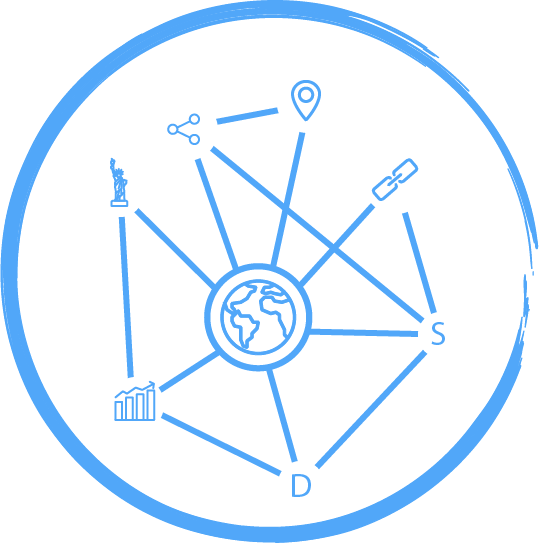Summary
How do causes lead to effects? Can you associate the cause leading to the observed effect? Big Data opens the doors for us to be able to answer questions such as this, but before we are able to do so, we must go beyond classical probability theory and dive into the field of Causal Inference.
In this course, we will explore the three steps in the ladder of causation: 1. Association 2. Intervention 3. Counterfactuals with simple rules and techniques to move up the ladder from simple correlational studies to fully causal analyses. We will cover the fundamentals of this powerful set of techniques allowing us to answer practical causal questions such as “Does A cause B?” and “If I change A how does that impact B?”
Program
Approaches to Causality
Probability Theory
Simpsons Paradox
A/B Testing
Granger Causality
Graphical Models
The Ladder of Causality
Properties of Graphical models
Chains
Forks
Colliders
d-separation
Interventions
Interventions
Back-door criterion
Front-door criterion
Mediation
Counterfactuals
The fundamental laws of counterfactuals
Graphical representation
Practical Applications
Connections to Machine Learning
Structure Identifiability
Semi-Supervised learning
Applications to time-series
Resources
The Book of Why: The New Science of Cause and Effect
J. Pearl, D. Mackenzie (2018)
Elements of Causal Inference
J. Peters, D. Janzing, B. Schölkopf (2017)
Causal Inference in Statistics - A Primer
J. Pearl, M. Glymour, N. P. Jewell (2016)
Causal Inference for Statistics, Social, and Biomedical Sciences: An Introduction
G. W. Imbens, D. B. Rubin (2015)
Why: A Guide to Finding and Using Causes
S. Kleinberg (2015)
Counterfactuals and Causal Inference
S. L. Morgan (2014)
Causality: Models, Reasoning and Inference
J. Pearl (2009)

